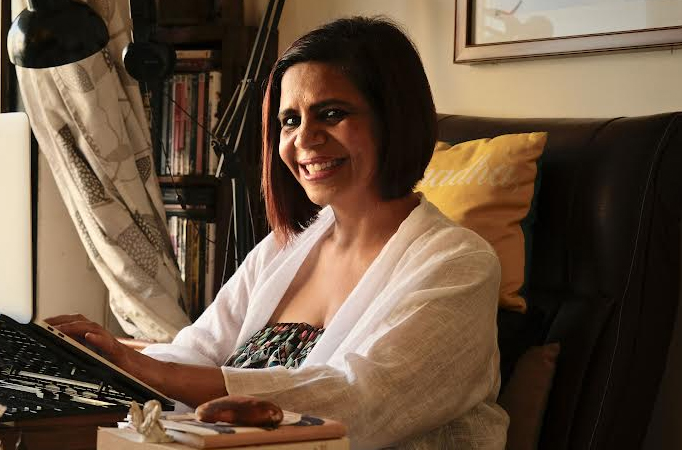
MUMBAI: Writer Anuraadha Tewari, who has written movies like Heroine, Jain, and Fashion and is currently associated with the web series Raisinghani VS Raisinghani and Dil Dosti Dilemma, says that we have finally reached a stage where stories are paramount. She adds that nowadays there are mainstream films as well as ones that cater to stronger and more impactful storytelling.
“I think Hindi cinema bifurcated into two distinct kinds of cinema around 2009. There were films like Wanted that became the definition of mainstream and there were other kinds of films ( my film Jail released the same year) that became ‘content’ driven. So, there is still one kind of cinema that is driven by beauty and star power and caters to a certain need in an audience. However, of late, the content-driven kind of cinema has started taking precedence with each doing better and better at the box office and, hence, the number of them being made is increasing. So, for every star-driven big-budget film, there are 5 smaller ones,” she says.
She adds, “With the advent of OTT, especially during the pandemic, the audience has been exposed to all kinds of content. Hindi audiences have become very receptive to other languages. Films from the South don’t need to be remade anymore, they just need to be dubbed or subtitled. People have been exposed to world cinema as well as K-dramas, so the overall perception and taste have decidedly upgraded. The story has begun taking centre stage.”
However, she says that our filmmakers are still making films only for Indians. “The thing is, the Indian palette is very different from the rest of the world. I always say this is where McDonald’s has to come up with a McAloo Tikki burger, it’s regular fare won’t sell. Such is the case with storytelling as well. We have a narrative style that is unique and different from the entire world. So, it is very difficult to have Stories that please both kinds of audiences. Only some make the mark and when they do, they do it by defying all labelling and genre-defining eg Laapata Ladies. So, the Indian filmmaker usually concentrates on the pan-India markets. To please global audiences, we will need a different grammar of storytelling that may not work here,” she says.







.jpg)








Add new comment